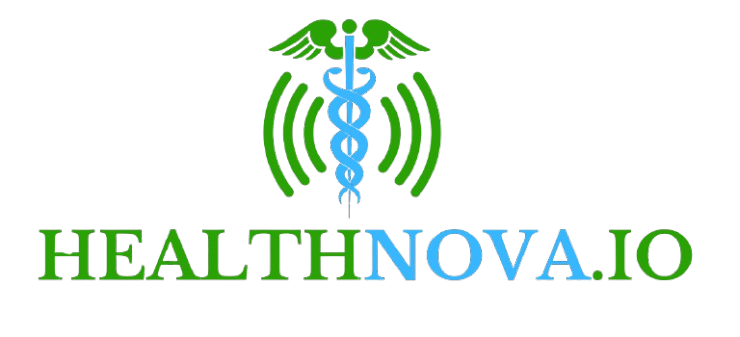Rapid City, SD -Cassandra Palmier meant taking his son to the second and final dose of measles vaccines. However, due to the car problem, it is difficult to go to the doctor.
So she got a chance to get vaccination after she learned that the mobile clinic visits her neighborhood.
Palmier, a member of the OGLALA SIOUX Tribe, said at the event in June, “I was clearly worried about the epidemic and measles.” I wanted to play my role. “
The same was true of her son Makaito Cune.
The five -year -old child walked on a bus containing a clinic and jumped into the test site and announced that he would not be scared.
Makaito was still sitting when the nurse gave him a gun to his arm. “I did it!” He said to his mother when he laughed.
The vaccine clinic was hosted by the Great Plains Tribal Leaders’ Health Board, which provides services to lack of Iowa, Nebraska and Dakotas. It is one way to respond to concerns about the difficulties of patients’ health care as the Native American tribes and the organization spreads throughout the country.
Meghan O’Connell, the chief public health manager of the board of directors, said he is also working with tribes who want to host the vaccine clinic.
In other places, the tribal health organizations have started social media campaigns, and medical service providers are vaccinated and contacted children of children who have not been vaccinated.
This spring, New Mexico University Project Echo hosted an online video series on measles aimed at providing health care professionals and organizations to provide services to the Americas. Presenters explained the basics of measles diagnosis and treatment, discussed culturally -related communication strategies, and shared how tribes respond to the outbreak.
Participants also had a strategy on how to improve the vaccination rate, saying Harry Brown, the doctor and epidemiologist of the United Soute and Eastern Tribes, a non -profit organization working with 33 tribes in the Atlantic coast and southeastern regions.
“This is a very popular topic in Indian countries and I think many people are active.”
Measles can survive up to two hours in the air in the space where the infected person was. Up to 90% hurts According to the Centers for Disease Control and Prevention Center, people who are not vaccinated.
According to the CDC, the United States confirmed 1,319 measles as of July 23 this year. It is the biggest outbreak in the United States since 1992. 92 %of 2025 cases are associated with patients who are not vaccinated or those with vaccinations. Three people died in the United States and 165 were hospitalized as of July 23.
O’Connel suggested that the data on the vaccination rate of the native Americans was incomplete, but it received a measles more than the US population.
The limited national data on the measles vaccination rate of the native Americans is based on the small -scale surveys of those who identify their own native Americans. Some show that native Americans have A little low Measles vaccination rate, others show Critical gap.
Data including some states South Dakota and MontanaNative Americans show that they are less likely to be vaccinated than white children.

In most Native Americans who use rural Indian health services, the national measles vaccination rate is quite low. About 76%of children from 16 months to 27 months received their first shots. According to the data Recently, the agency collected during the 156 clinic visiting the patient. It is about 10 % away from 10 years ago.
However, according to IHS data, up to 17 patients are likely to receive all other children’s recommended measles shots. Oconell said it is unclear whether a patient who is not currently vaccinated will eventually continue to maintain the latest state in the shot.
Brown said the school would be higher for older children because they would require vaccinations if they were not exempted. He said that it is important for parents to be vaccinated on time that their children are young and are in danger of being hospitalized or died of illness.
O’Connell said the Native Americans could have a low vaccination rate due to problems with shots and other health care. People who make rural reservations can be more than an hour in the clinic. Or, like Palmier, there may be no trusted means of transportation.
Another reason O’Connell said that some of the native Americans are chronically lacking in funds and distrust of Indian health services. If a nearby health care facility operates by the institution, the patient may delay or skip treatment.
O’Connell and Brown said in the Native American community, which occurred nationwide, there is a growing growth of vaccine skepticism and distrust of the entire medical system.
“Before social media, I think our population can be very trusted in childhood vaccination. And American Indians have a long history of seriously influenced by infectious diseases.”
Arrival of European colonies in the late 1400s I brought a new diseaseIncluding measles Tens of millions of people died Until the early 1600s, indigenous people from North America and South America. Native Americans also had high mortality in modern infectious diseases, including 1918-20 Spanish flu and Covid-19.
The Great Plains Lack of Leadership Health Agency responded quickly when measles began to appear near South Dakota’s headquarters this year. Nebraska’s health authorities announced in late May that children suffered from measles close to pine Ridge Indian reservations in the main rural areas. Then four people in Rapid City became sick at the end of the month and mid -June.
Daren Crowe, vice president of Oyate Health Center in Rapid City, said, “Our calls have actually rang from the hook.” He said his parents wanted to know if their children were the latest state of measles vaccines.

CROWE said that the Ministry of Health Order ordered an extra mask and created a measles to meet every day, and called the parents when the online database showed that the child needed shooting.
Brown praised the approach.
“I need a joint volunteer work for an individual,” he added. His organization added that the Mississippi band’s Choctaw Indians and Alabama-Coushatta lacked similar efforts.
Brown can be a challenge in some low -income Americans’ indigenous communities, and many people change frequently because many people use temporary prepaid plans.
Brown said that when health workers approach their parents, they should listen and ask questions before sharing the importance of vaccines for measles, pandemic deeritis and rubella.
“Instead of trying to preach to someone and hitting them over your head to have data or persuade them, you start by finding out where they are.” “So please tell me about vaccination experience. Please tell me what you know about vaccination.”
Brown said most people agree to exempt their children when they critically present useful information.







































